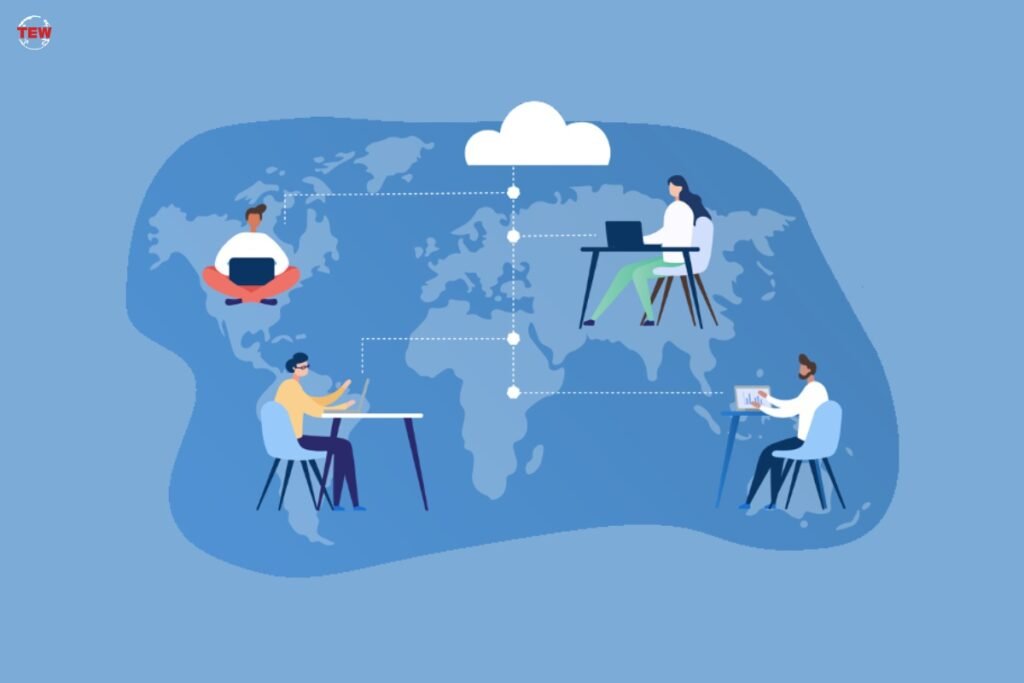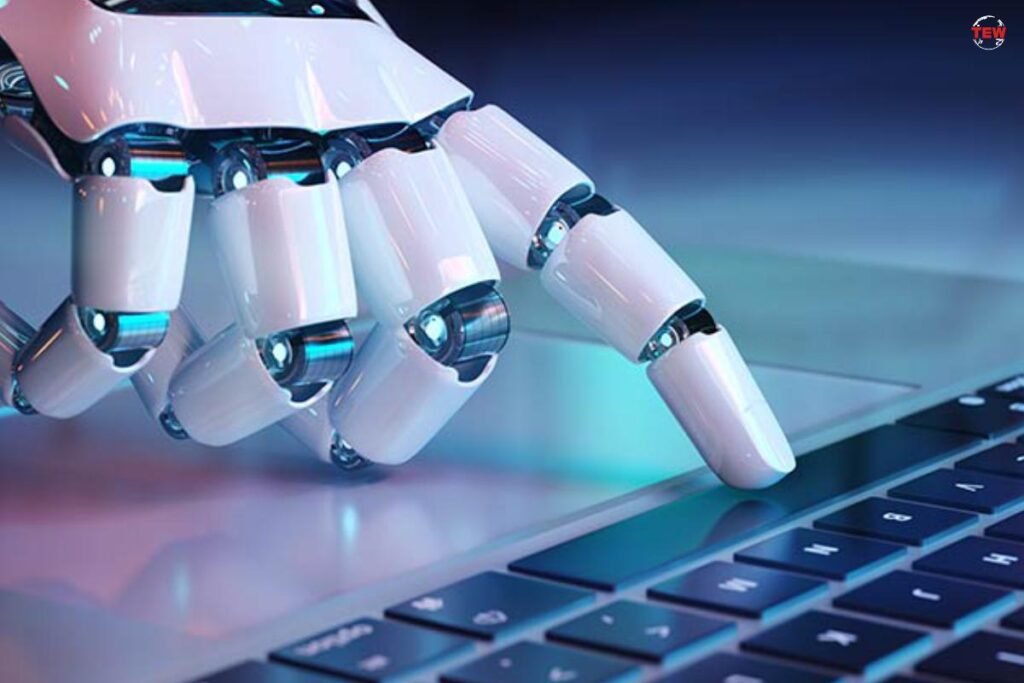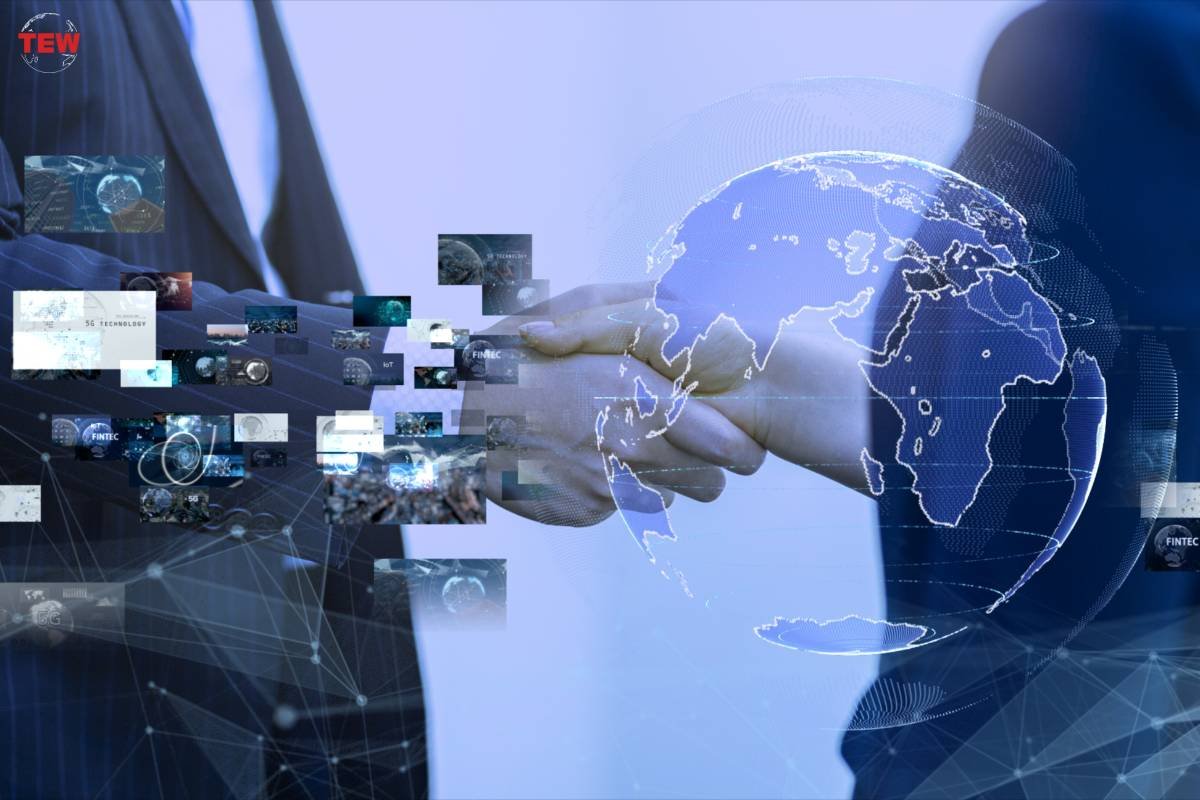As we move into 2022 and beyond, it will be critical to staying on top of the accelerating pace of technology-driven change. Those who adopt technology early can stay ahead of competitors, help to drive change in their organization, and stay resilient in the face of disruption. Failure to keep pace, on the other hand, can have the opposite impact – your organization will fall further behind competitors and the marketplace as a whole.
Here are the 7 Best HR Tech Trends To Look Out For In 2023;
1. Artificial Intelligence
Another example of technological development influencing every business unit is artificial intelligence. Artificial intelligence, like automation, may be used to enhance a variety of HR operations, including:
Recruitment. Artificial intelligence, data, and analytics may be used to analyze resumes and forecast which people will be the greatest match for a job opening and which will not.

Team formation. In principle, AI may use psychological data to anticipate team cohesion and hence increase team performance.
Management of performance. AI-powered algorithms may be used to identify what works, what doesn’t, and how to enhance performance management procedures.
Employee education. AI may be used in employee training software to better recognize workers’ training requirements, propose training material, engage users when they need help, and more.
These are just a handful of the many innovative ways AI may be utilized to enhance HR procedures and the workplace in general.
2. Remote Working
Remote working became the standard for businesses all around the globe almost overnight. Organizations were obliged to create remote working practices and tools as they reacted to the epidemic. HR, too, has been forced to embrace remote-friendly systems, both for their own departments and for their workers. In the age of remote work, HR departments must be prepared to provide online capabilities for each HR job, including employee-centered functions like onboarding and training. At the same time, HR teams must have HR platforms that can function remotely, therefore investing in cloud-based HR products is critical.

Increasing the Number of Remote Workers
Because of the needs of a remote workforce, online HR platforms are bridging the social divide between workers while keeping the physical social divide intact. Because of the changes brought about by the pandemic, remote but accessible HR digitalization systems with a wealth of tools for monitoring workers such as talent management, attendance management, and so on are increasingly being employed.
3. Automation
Automation has become a key factor in every industry. When utilized correctly, automation boosts efficiency and production while also improving the work environment. Automation in HR may be utilized to simplify practically every HR function, from recruiting through onboarding, training, and offboarding.
No-code tools, automation platforms, artificial intelligence, and HCM platforms are examples of technologies that can automate HR activities.

We may anticipate more developments in HR automation solutions like these as underlying technology capabilities drive continuous advancements in digital tools. And, like the other technological advancements discussed here, automation may provide a competitive edge and alter the value that an HR department offers to its organization. An HR department that fully utilizes automation, for example, has the potential to give much more value to its business, which may have a direct influence on the firm’s performance, culture, and employee experience, among other things.
4. HCM Platforms
HCM platforms are all-inclusive HR solutions that include many of the other technologies discussed in this essay. These are centralized hubs that enable HR workers to conduct almost any HR-related job, as well as sophisticated technologies that go above and beyond other sorts of tools.
Other characteristics may include: Data and analytics enabled by AI, Management of the workforce, Management of talent, Management of performance and Management of recruitment, Solutions for self-service.
Although HCM platforms are intended for big enterprises, HR solutions are also available to SMBs. HR software, such as BambooHR, provides a variety of capabilities tailored to small and developing enterprises.
5. Self-Service Platforms
Employees may now do duties that were previously completed by HR professionals using self-service platforms.
Here are several examples: Requesting leave, Changing the timetable, Changing the benefits packages, completing legal paperwork during onboarding and Obtaining payroll documentation.
Self-service solutions improve the employee experience while also freeing up HR managers to concentrate on additional value-added operations.
6. Recruitment Platforms
Technology is still playing a significant role in talent management. For example, talent management software may help with:
Job posting
Candidate prequalification
Choosing interviewees
Employee skills evaluation
Interview scheduling
Applicant tracking systems are examples of recruiting systems that help with a variety of recruitment duties, such as job posting, resume management, and recruitment automation. They are especially valuable for firms that hire a huge number of people, such as major corporations or recruiting agencies.
7. Employee Training
Employee training is also being automated and streamlined using technology. WalkMe’s digital adoption platform, for example, is being utilized to produce software walkthroughs and on-demand advice for digital workplaces.
This training technique considerably speeds up employee training, improves the employee experience, boosts staff productivity, and assists enterprises in realizing the full value of their software investments. Furthermore, technologies like WalkMe may be utilized remotely. This is critical in today’s workplace, which is shifting toward a hybrid office style.
Bottom Line
Today, we are watching Best HR tech trends quickly expanding and merging internationally, resulting in an increase in demand for HR softwares for adapting to changing forms of operation. Despite the fact that the border between Human Resources and Information Technology is becoming more blurred, each must be attentive to the concerns and demands of the other. The development of software that reduces the danger of human mistake and ends the boredom of boring job while leveraging on the human brain’s uniqueness, creativity, invention, and personalization is an efficient, long-lasting worldwide solution combining tech automation with human authenticity.




